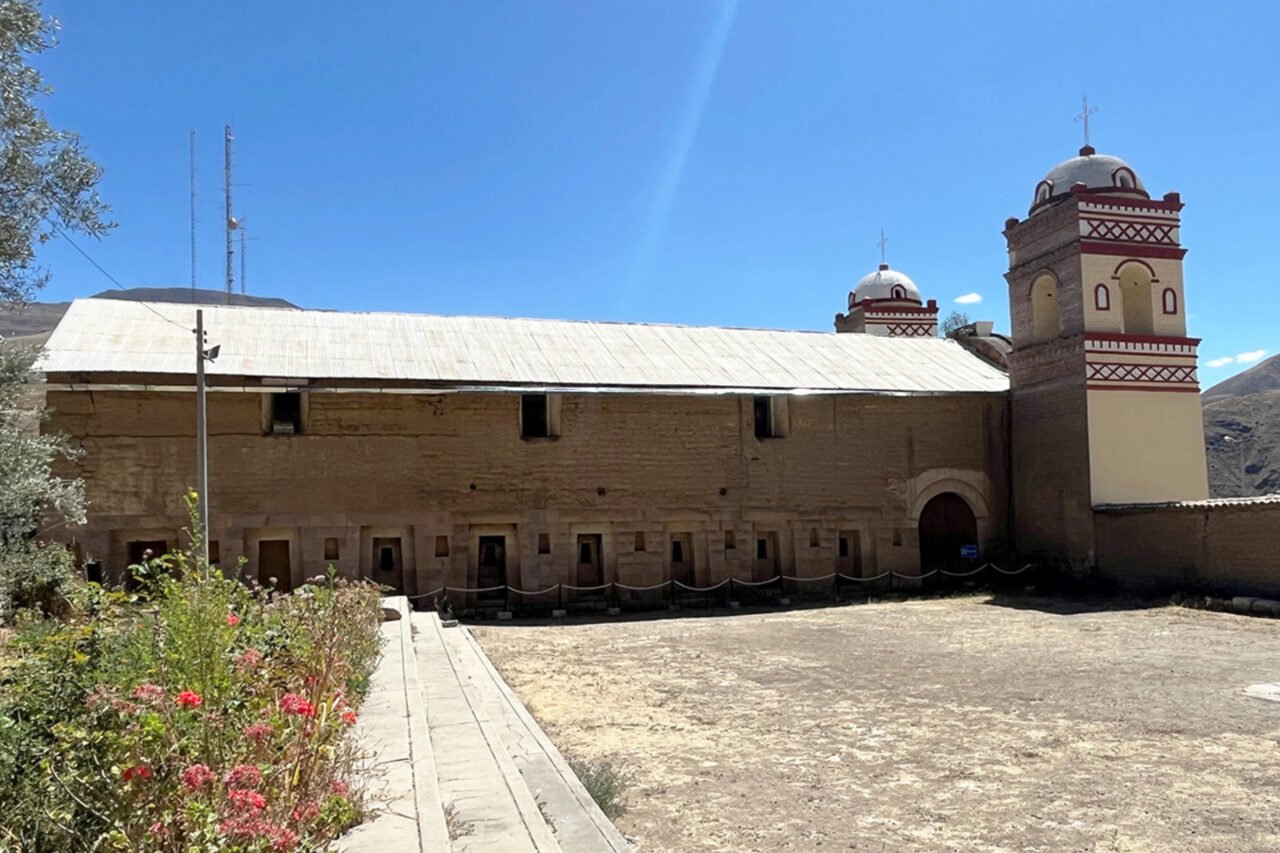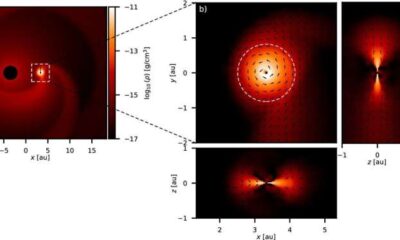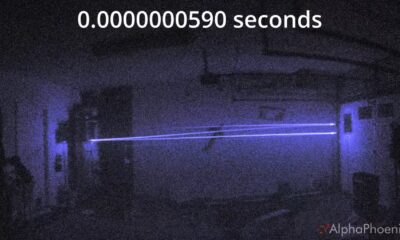Science
Researchers Uncover Acoustic Secrets of Ancient Inca Structure

In the remote town of Huaytará, Peru, researchers have uncovered fascinating insights into a unique Incan structure known as a carpa uasi, a three-walled building that may have played a significant role in sound amplification. This discovery challenges conventional understandings of Inca architecture, which is often celebrated for its impressive stonework, as it reveals a deeper appreciation for the acoustic properties of their constructions.
The carpa uasi, which translates to “tent house,” is believed to date back to the 15th century, coinciding with the height of the Inca Empire. This civilization, renowned for its rich cultural heritage, extended along the western coast of South America, from modern-day Ecuador to Chile. The building’s design, featuring only three walls, potentially allowed sounds, such as drumming, to be directed outward, creating a unique auditory experience.
According to Stella Nair, an associate professor of Indigenous arts of the Americas at the University of California, Los Angeles, the research team is investigating whether the carpa uasi could amplify low-frequency sounds with minimal reverberation. She stated, “With this research, for the first time, we’ll be able to tell what the Incas valued sonically in this building.”
Reevaluating Inca Architectural Heritage
The carpa uasi has long been recognized by historians, yet its potential for sound amplification has only recently come to light. This structure is the only surviving example of its kind, having endured for over 600 years, thanks in part to the stabilizing presence of the church built atop it, the Church of San Juan Bautista. The research team is now developing a model to understand how sound would have traveled through and beyond the building, offering a fresh perspective on Incan architectural practices.
Nair emphasized the importance of sound in the cultural context of the Inca, stating, “Many people look at Inca architecture and are impressed with the stonework, but that’s just the tip of the iceberg. They were also concerned with the ephemeral, temporary and impermanent, and sound was one of those things.” This insight suggests that sound played a crucial role in the social and cultural practices of the Inca, influencing how they designed their spaces.
The Role of Sound in Historical Understanding
The exploration of sound involves rethinking how we interpret historical experiences. Nair pointed out that while visual elements are often emphasized in historical analysis, sound is equally vital. “Sound studies are really critical because we tend to emphasize the visual in how we understand the world around us, including our past,” she noted. “But that’s not how we experience life—all of our senses are critical.”
This research not only sheds light on the architectural ingenuity of the Inca but also invites a broader dialogue about the sensory experiences of past civilizations. By reintegrating sound into the conversation about history, researchers hope to enhance our understanding of cultural practices and values that may have been overlooked in traditional studies.
As the team continues their investigation, the findings may reshape perceptions of how the Inca engaged with their environment. The carpa uasi stands as a testament to their innovative spirit, revealing that the past is richer and more complex than what is often visible at first glance.
-

 Science2 months ago
Science2 months agoOhio State Study Uncovers Brain Connectivity and Function Links
-

 Politics2 months ago
Politics2 months agoHamas Chief Stresses Disarmament Tied to Occupation’s End
-

 Science1 month ago
Science1 month agoUniversity of Hawaiʻi Joins $25.6M AI Project for Disaster Monitoring
-

 Entertainment2 months ago
Entertainment2 months agoMegan Thee Stallion Exposes Alleged Online Attack by Bots
-

 Science4 weeks ago
Science4 weeks agoALMA Discovers Companion Orbiting Giant Star π 1 Gruis
-

 Science2 months ago
Science2 months agoResearchers Challenge 200-Year-Old Physics Principle with Atomic Engines
-

 Entertainment2 months ago
Entertainment2 months agoPaloma Elsesser Shines at LA Event with Iconic Slicked-Back Bun
-

 World1 month ago
World1 month agoFDA Unveils Plan to Cut Drug Prices and Boost Biosimilars
-

 Business2 months ago
Business2 months agoMotley Fool Wealth Management Reduces Medtronic Holdings by 14.7%
-

 Science2 months ago
Science2 months agoInnovator Captures Light at 2 Billion Frames Per Second
-

 Top Stories2 months ago
Top Stories2 months agoFederal Agents Detain Driver in Addison; Protests Erupt Immediately
-

 Entertainment1 month ago
Entertainment1 month agoBeloved Artist and Community Leader Gloria Rosencrants Passes Away









